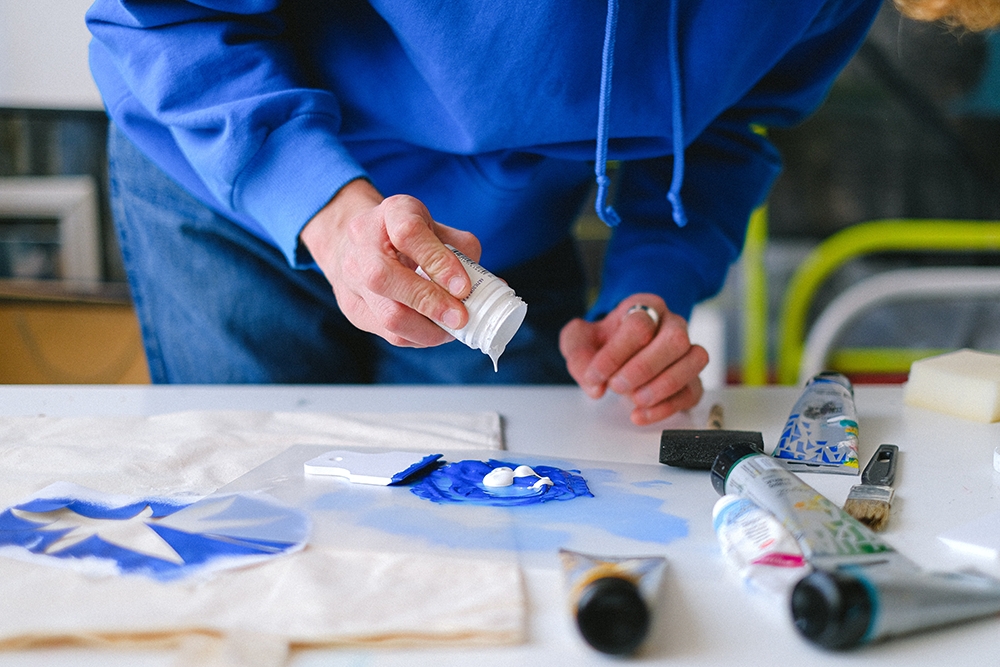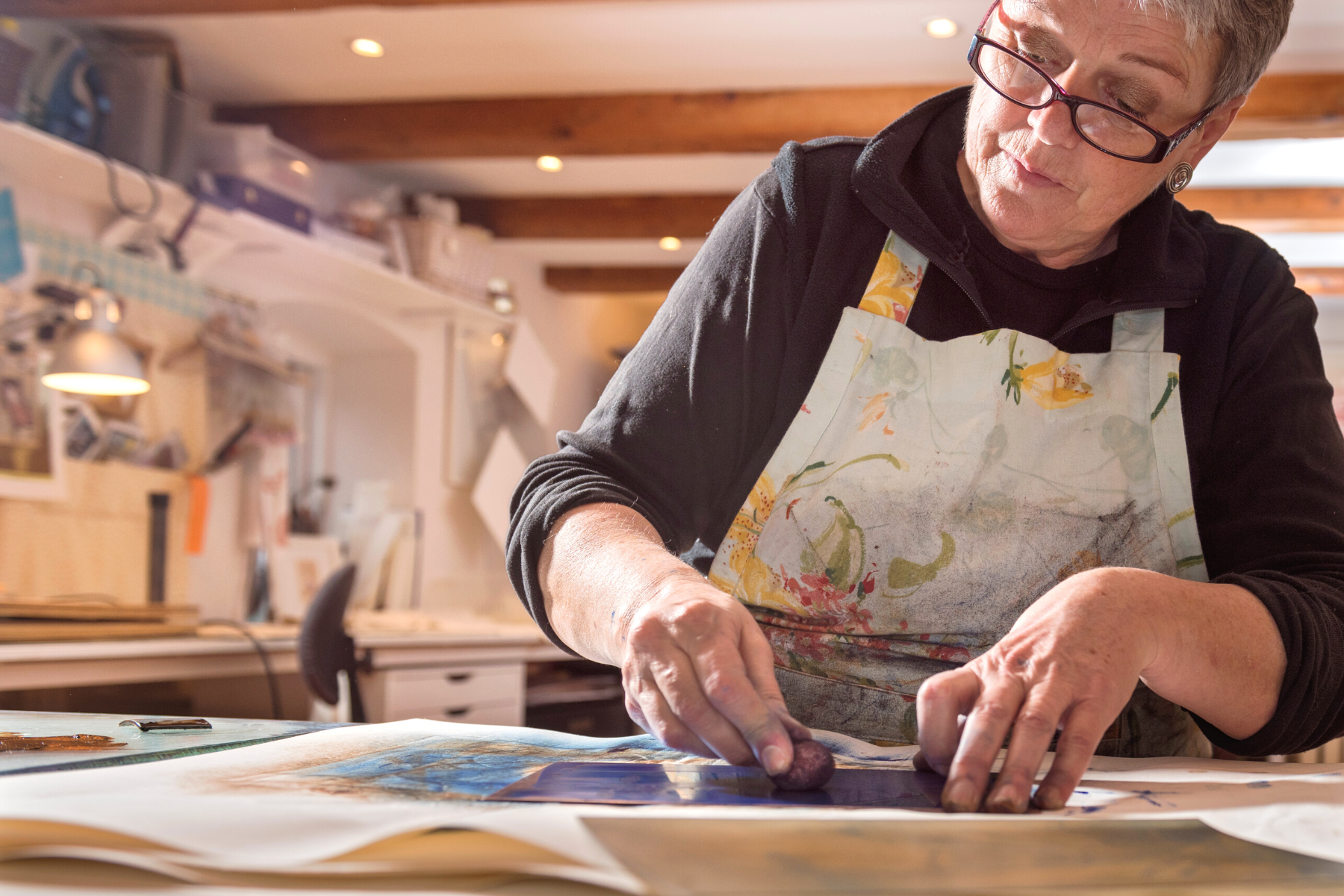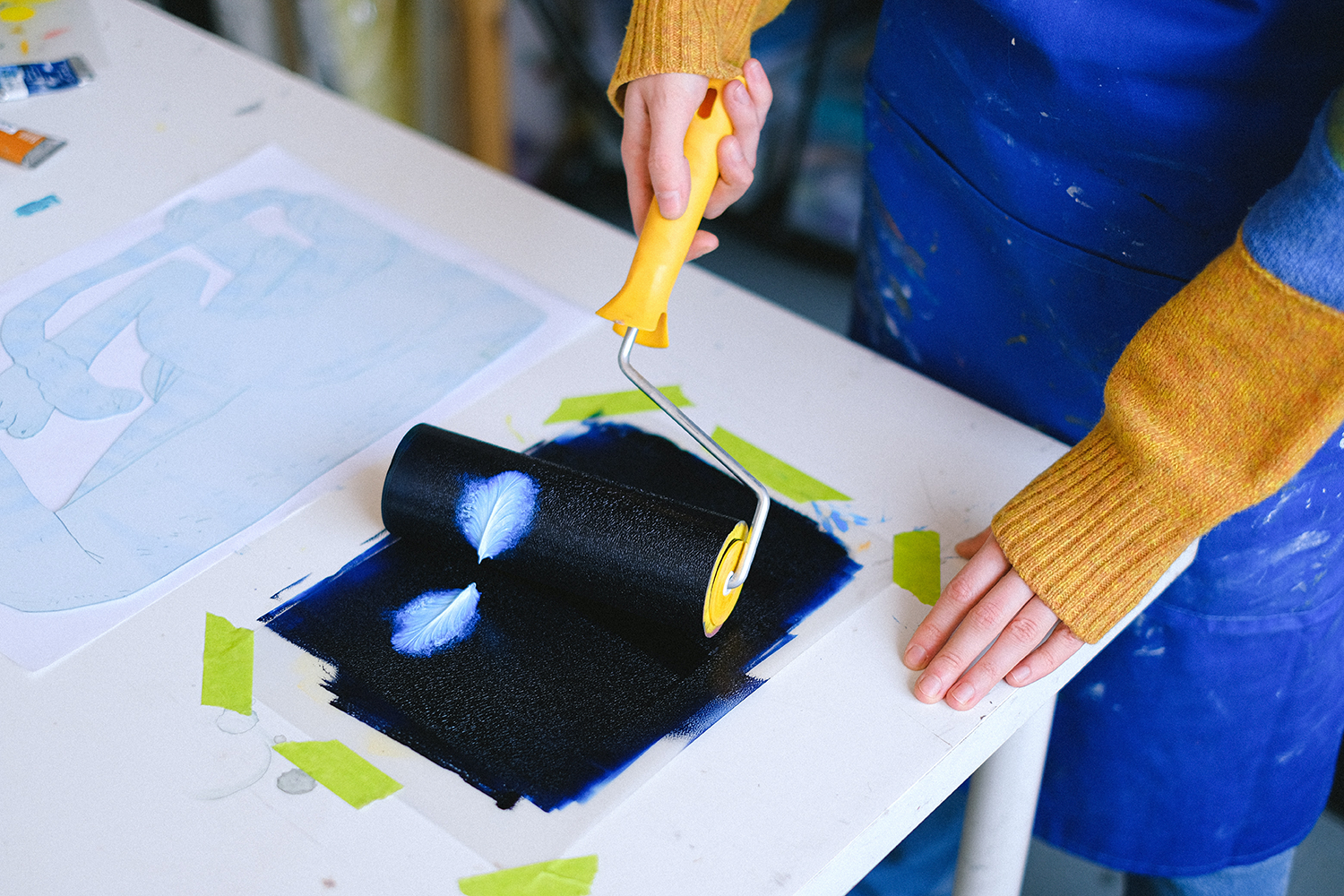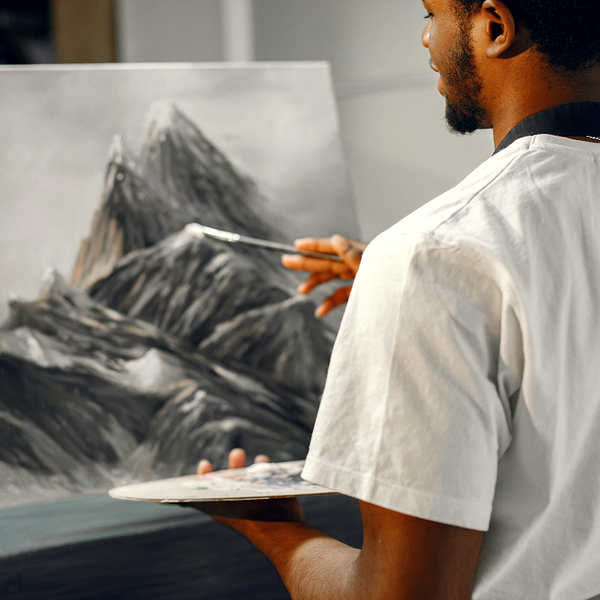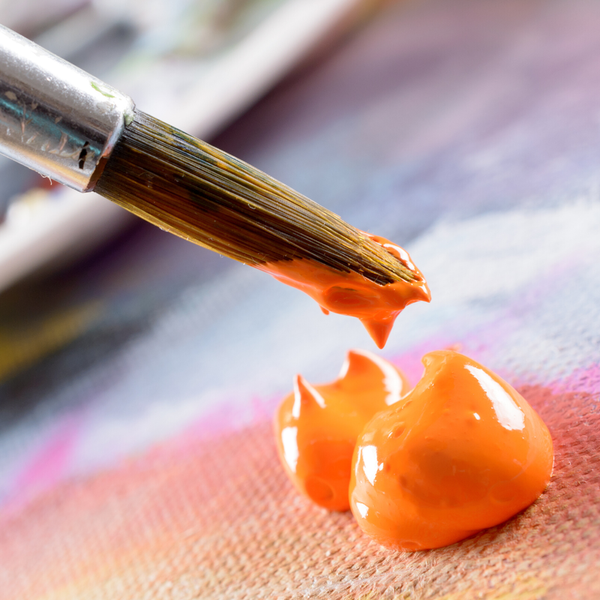Have you ever wondered about the magical world of printmaking and its various techniques?
Get ready to embark on a journey filled with creativity, imagination, and a touch of historical significance.
Whether you're a seasoned pro or just starting to dip your toes into the vast ocean of creativity, this blog post is your ultimate guide to understanding the four main types of printmaking.
Prepare to be transported to a realm where imagination meets technique, as we unveil the pillars of this age-old craft.
From the crisp lines of relief printing to the intricate details of intaglio, we'll explore the pillars of this age-old craft that have captivated artists for centuries, showcasing the fascinating beauty and unique characteristics that make printmaking an indispensable art form.
So, grab your brushes, roll up your sleeves, and let's embark on a thrilling journey through the riveting world of printmaking!
Key Takeaways:
- Understand the four main types of printmaking: relief, intaglio, planographic, and stencil.
- Learn about the historical significance and modern applications of each printmaking technique.
- Discover how artists choose different printmaking methods to express their creative visions.
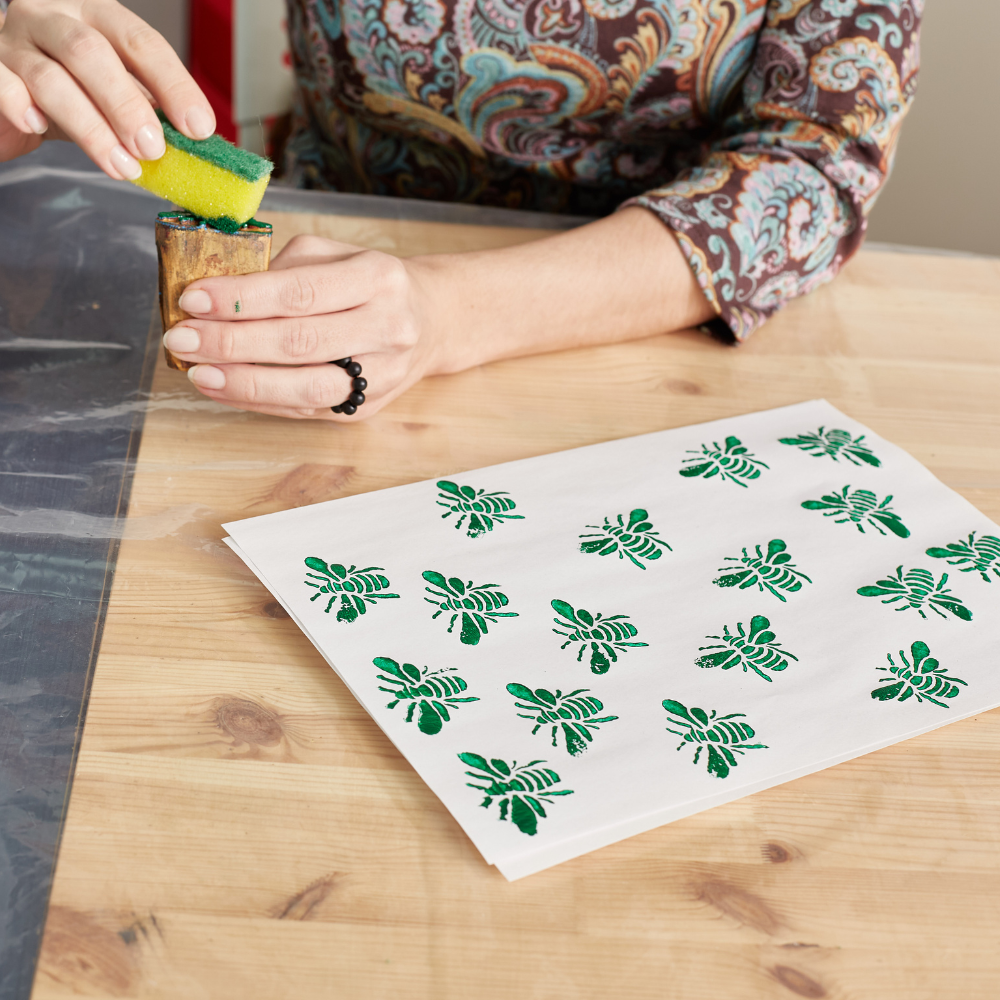
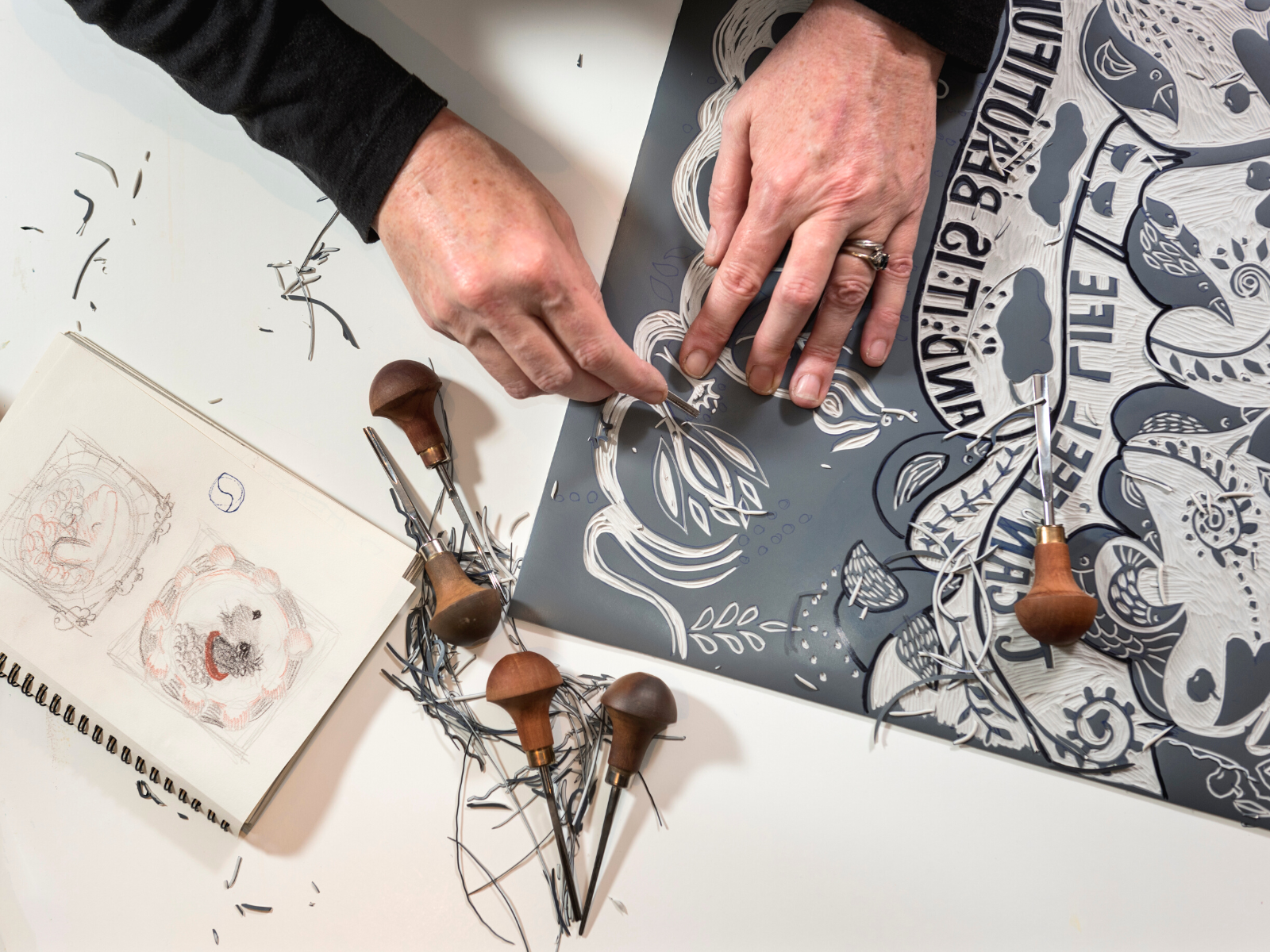
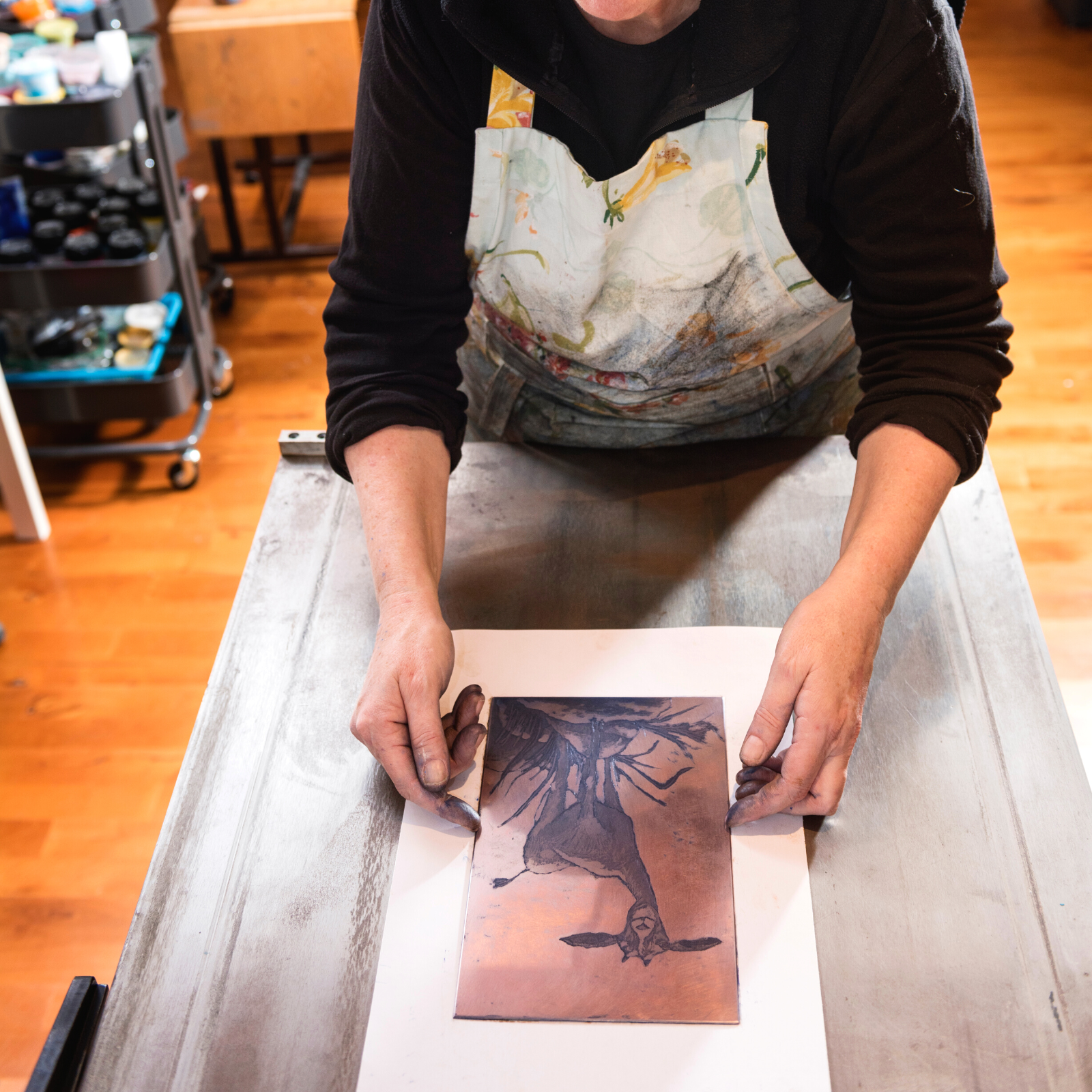
The Essence of Printmaking
Printmaking is an age-old technique that involves creating a design on a surface and transferring it onto paper or another surface.
This art form has been around for centuries, captivating the eyes and hearts of art enthusiasts with its unique ability to merge creativity and technical skill.
Printmaking is a traditional artistic process that involves transferring images from a matrix to another surface, most often paper or fabric.
The four basic categories of printmaking techniques have evolved over time, each offering a different approach to creating multiple copies of a single image.
Let's dive into the details of each technique and explore its characteristics, evolution, and modern-day applications.
The Diversity of Printmaking Techniques
Printmaking, an art form with a rich history, encompasses various techniques that artists use to create multiple copies of a single design.
It is a dynamic art form that encompasses a variety of techniques, each with its own unique characteristics and processes.
When pondering what are the main types of printmaking, one can identify several distinct methods, each with its unique characteristics and aesthetic outcomes.
The main types of printmaking include relief, intaglio, planographic, and stencil printing, each offering artists distinct ways to express their vision.
Relief printmaking, for instance, is a process where the artist carves into a surface, leaving the design area raised.
This raised area is then inked and pressed onto paper or fabric, transferring the image.
The relief print technique is renowned for its bold contrasts and strong, graphic quality, which describes prints that are unmistakable in their textural presence.
Another prominent category is intaglio, where the design is incised into a surface, and the incised lines hold the ink.
This method requires a sharp v-shaped tool or a burin to etch or engrave the image onto a metal plate.
The plate is then inked, wiped clean, and pressed onto a damp paper, which pulls the ink from the recesses, creating a print.
Intaglio prints are celebrated for their precision and the ability to produce fine lines and intricate details.
Each main type of printmaking offers artists a unique set of tools and processes to express their vision, making the field of printmaking a diverse and dynamic art form.


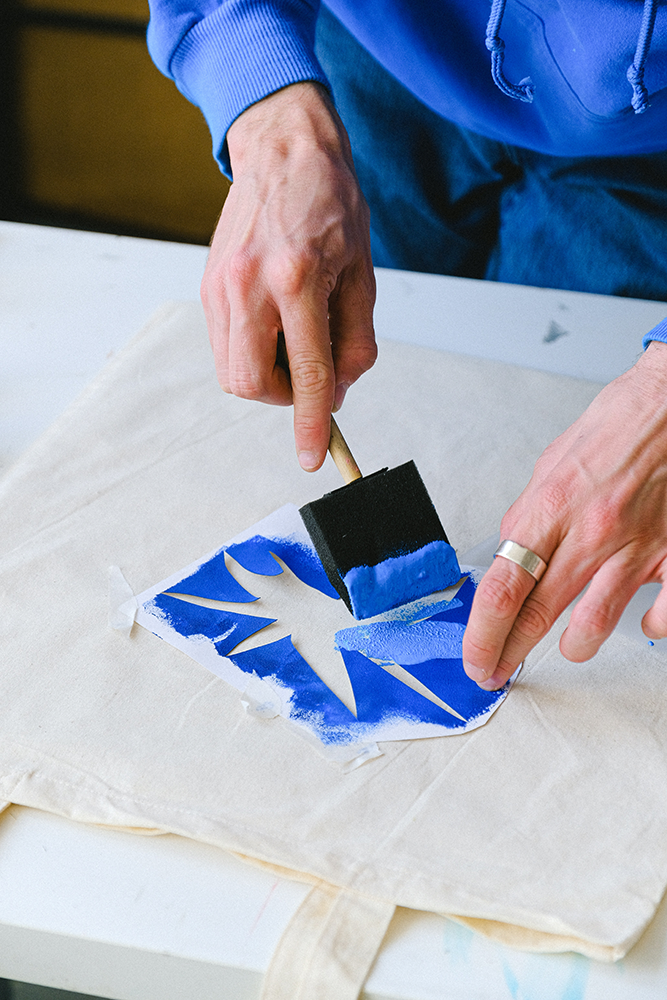
Relief Printmaking: Art of the Raised Surface
Relief printmaking is one of the oldest and most straightforward techniques.
It involves carving into a flat surface, such as wood or linoleum blocks, leaving a raised surface that will receive the printing ink.
The ink is applied to the raised areas, and the block is then pressed onto paper to create the final print.
This method is akin to using a rubber stamp, where the raised design leaves an impression.
The Traditional Approach: Woodcuts and Linocuts
Woodcuts, a common form of relief prints, are created by carving into a block of wood with a sharp v-shaped tool.
Linocuts use linoleum blocks, which are softer and easier to carve.
Both methods produce a bold and graphic look, often with strong contrasts between light and dark areas.
Modern Artists and Relief Printmaking
Modern artists continue to embrace relief printmaking for its tactile qualities and bold imagery.
Artists like Pablo Picasso have used woodcuts to create expressive works, while others find linoleum blocks more forgiving and versatile for detailed images.
Relief printing is also widely used in commercial applications, such as packaging and textile design.
Intaglio Printmaking: Etching and Engraving
Intaglio methods are characterized by incising or etching into a metal plate.
The etching process involves covering the plate with a thin layer of wax or other material and then drawing into it with a sharp tool.
The plate is then submerged in acid, which bites into the exposed metal. Ink is applied to the entire plate and then wiped clean, leaving ink only in the etched lines.
Damp paper is placed on top, and the plate is run through a printing press, transferring the ink from the recessed lines to the paper.
Engraving: The Precision of the Hand
Etching is a popular intaglio method that allows for fine lines and a high level of detail.
Engraving is another intaglio technique that involves directly carving into the metal plate with a burin.
This method requires significant skill and strength, as the artist must control the depth and width of each line to create the desired effect.
Artists like Rembrandt have famously used this technique to create dynamic and expressive works.
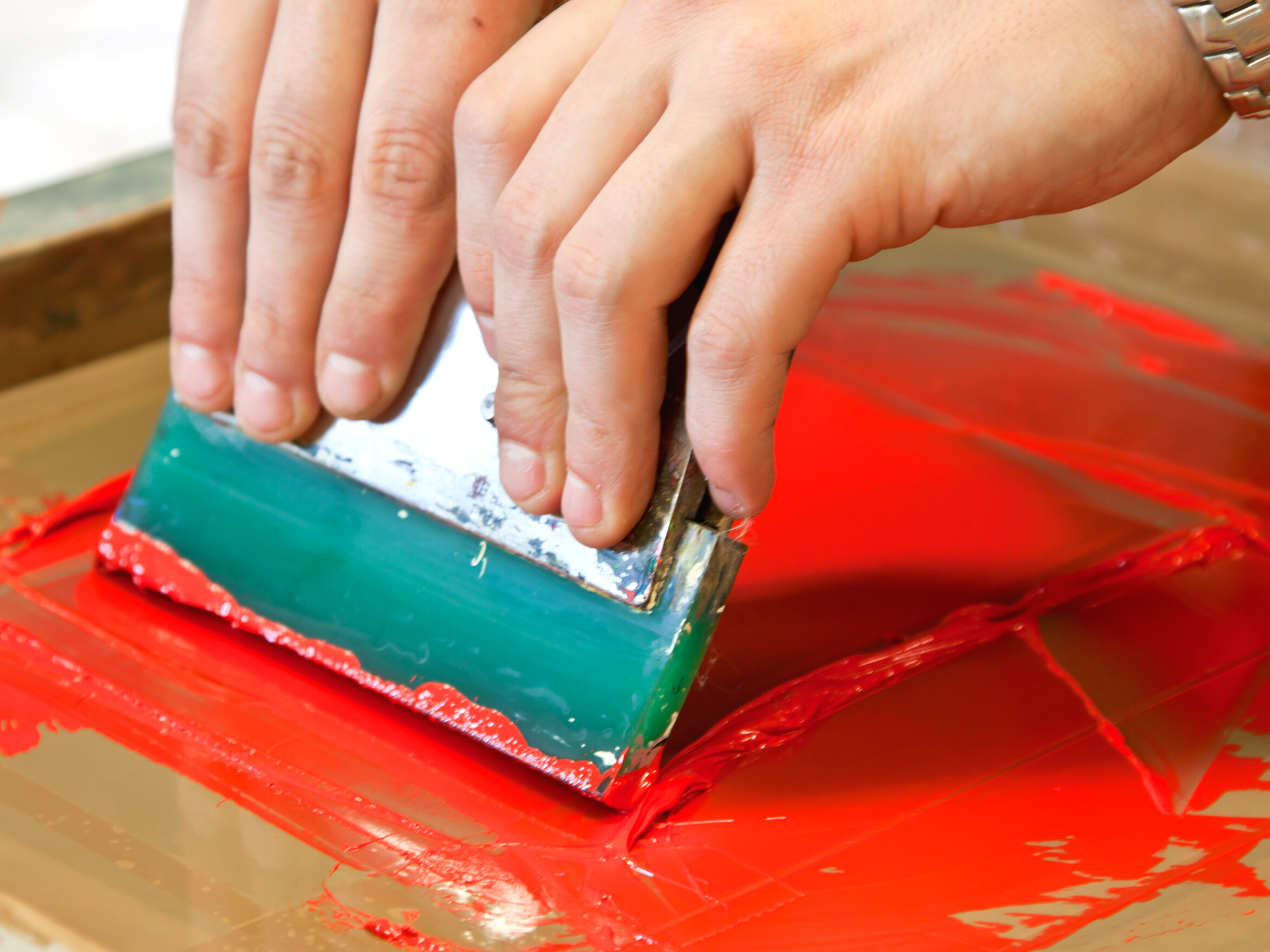
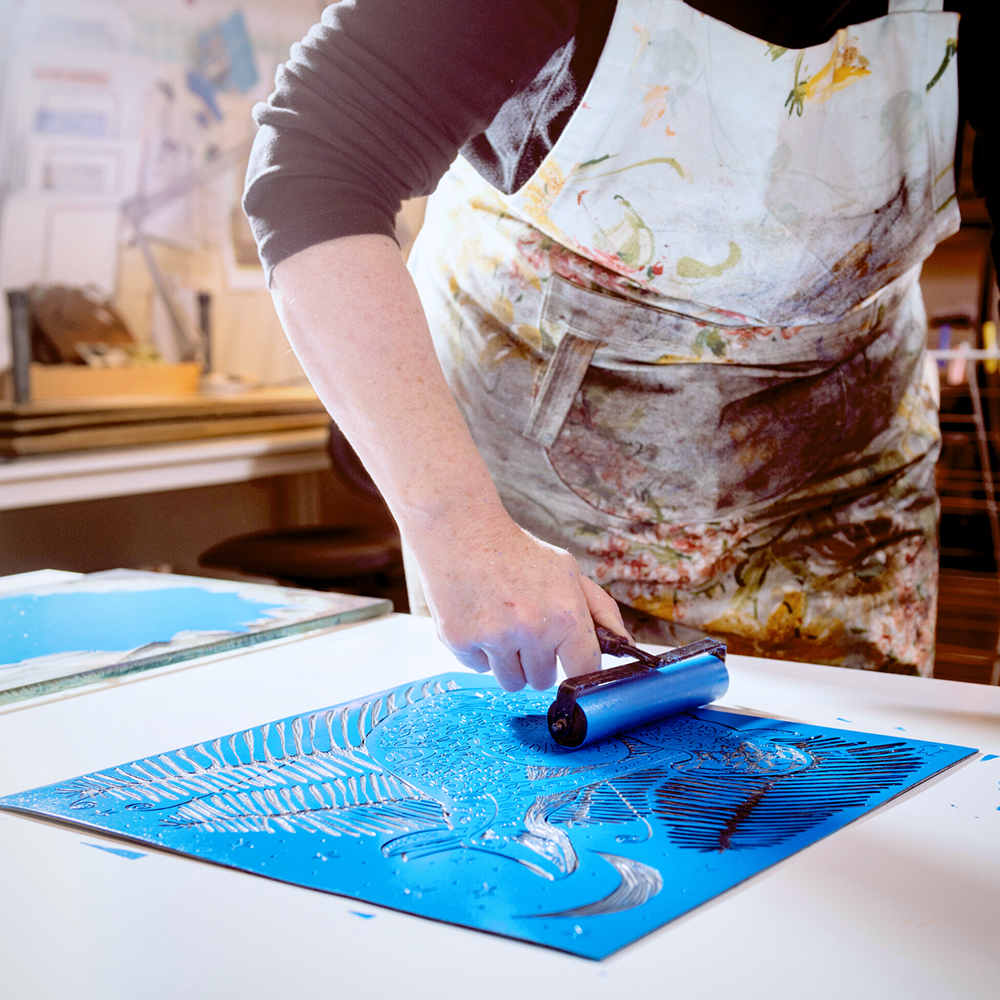
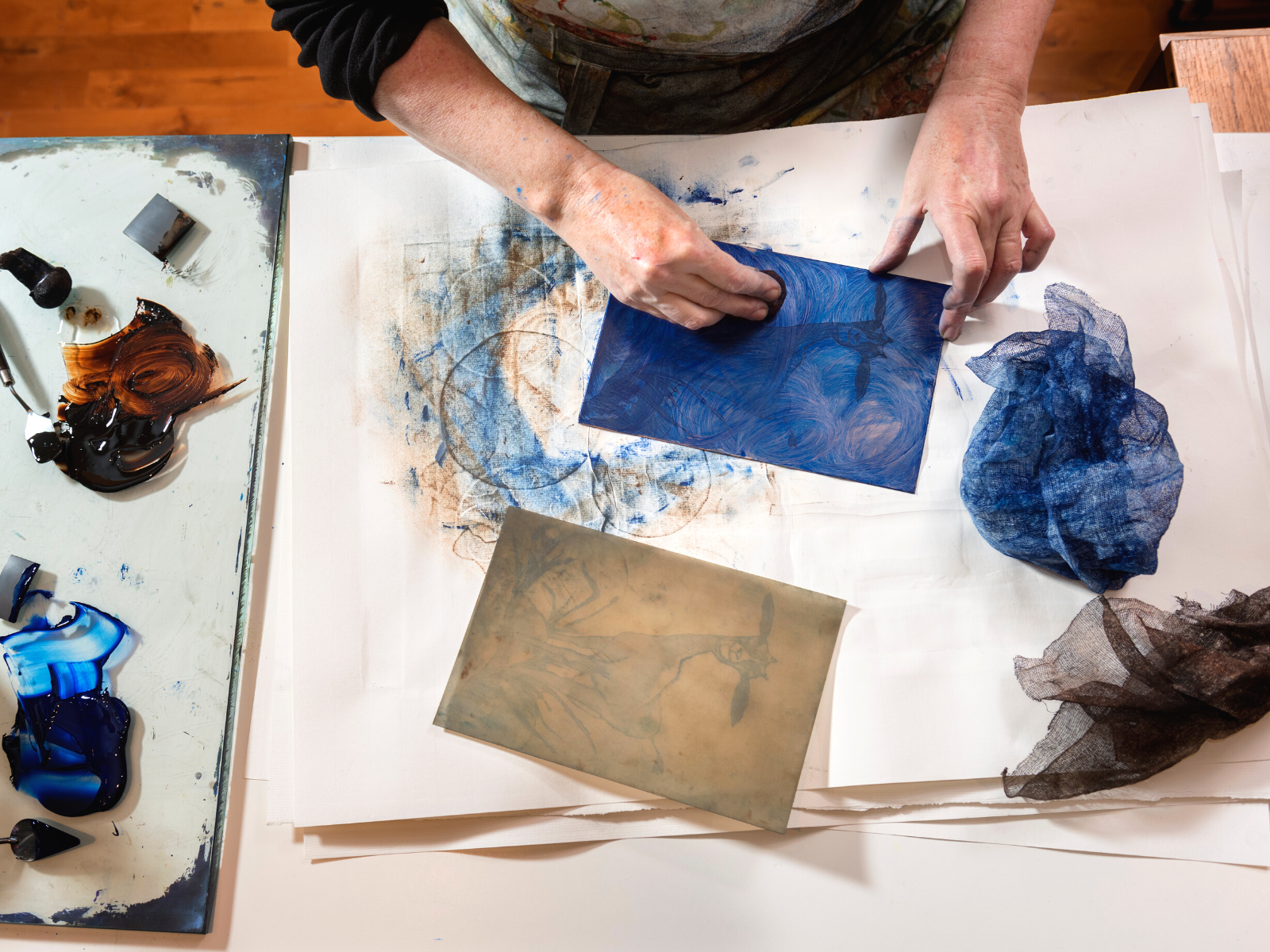
Planographic Printmaking: Flat Stone Revolution
The planographic printmaking process is based on the principle that oil and water do not mix.
Lithography, the most well-known planographic method, uses a flat stone or metal plate on which the artist draws with a greasy material such as a grease crayon.
The surface is then treated with a chemical solution that ensures the greasy parts absorb the printing ink while the rest of the stone repels it.
A smooth polished sheet of paper is placed on the stone and run through a press, resulting in a mirror image of the original drawing.
Lithography: From Grease Pencil to Fine Art
Lithography was invented in the late 18th century and quickly became a popular method for creating posters and books.
Fine artists like Henri Toulouse-Lautrec and Pablo Picasso also adopted lithography, drawn to its ability to produce soft, painterly effects.
Today, lithography continues to be a versatile and widely used method in commercial printing and fine art.
The Modern Lithographic Process
Today, lithography is still used for both fine art and commercial printing.
The process has been refined and can now accommodate a wide range of materials, including metal plates and flat sheets of plastic, allowing for greater flexibility and experimentation.
Artists can now easily transfer photocopies or drawings onto the printing surface and create prints without needing to master traditional printmaking techniques.
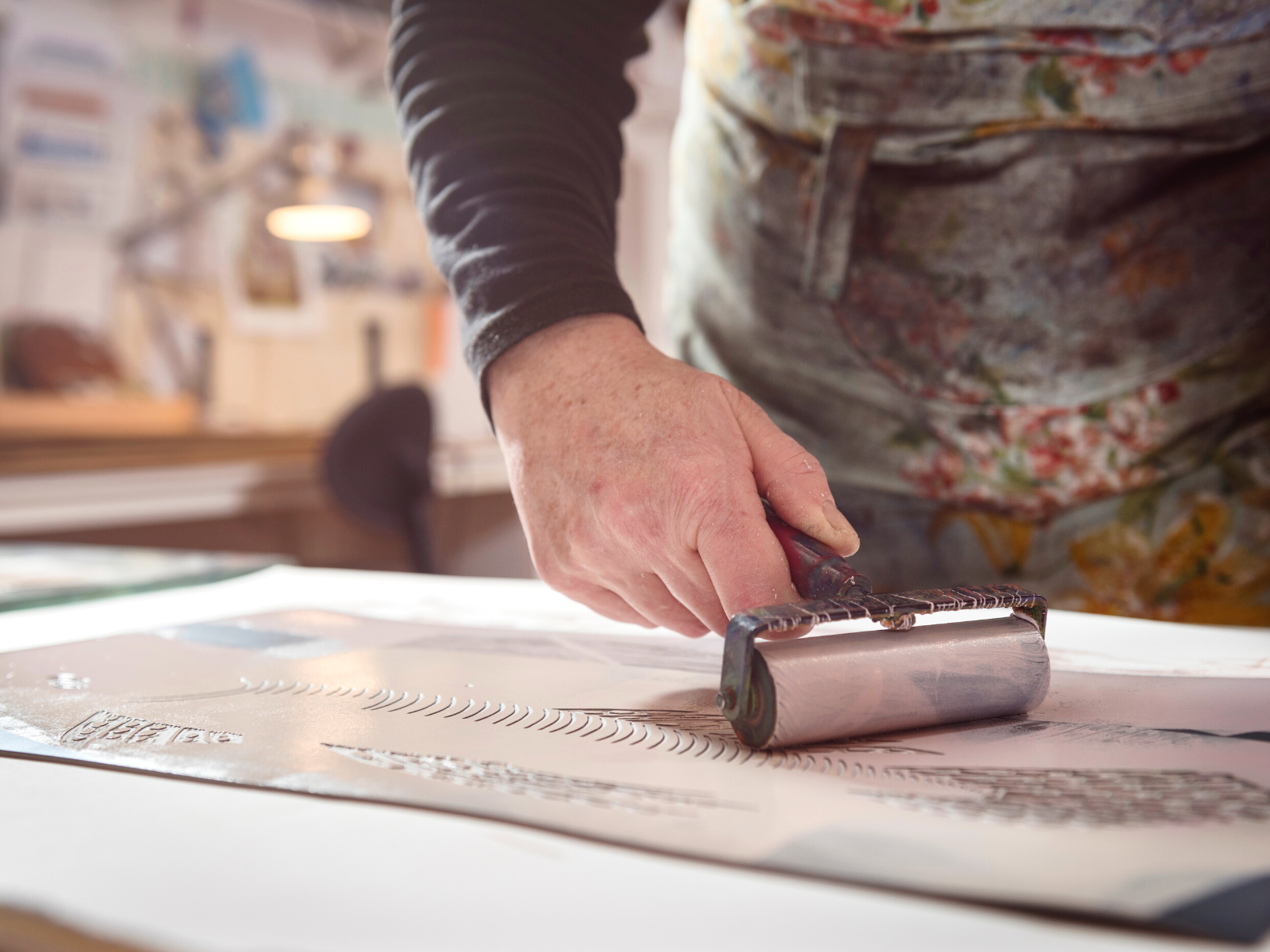

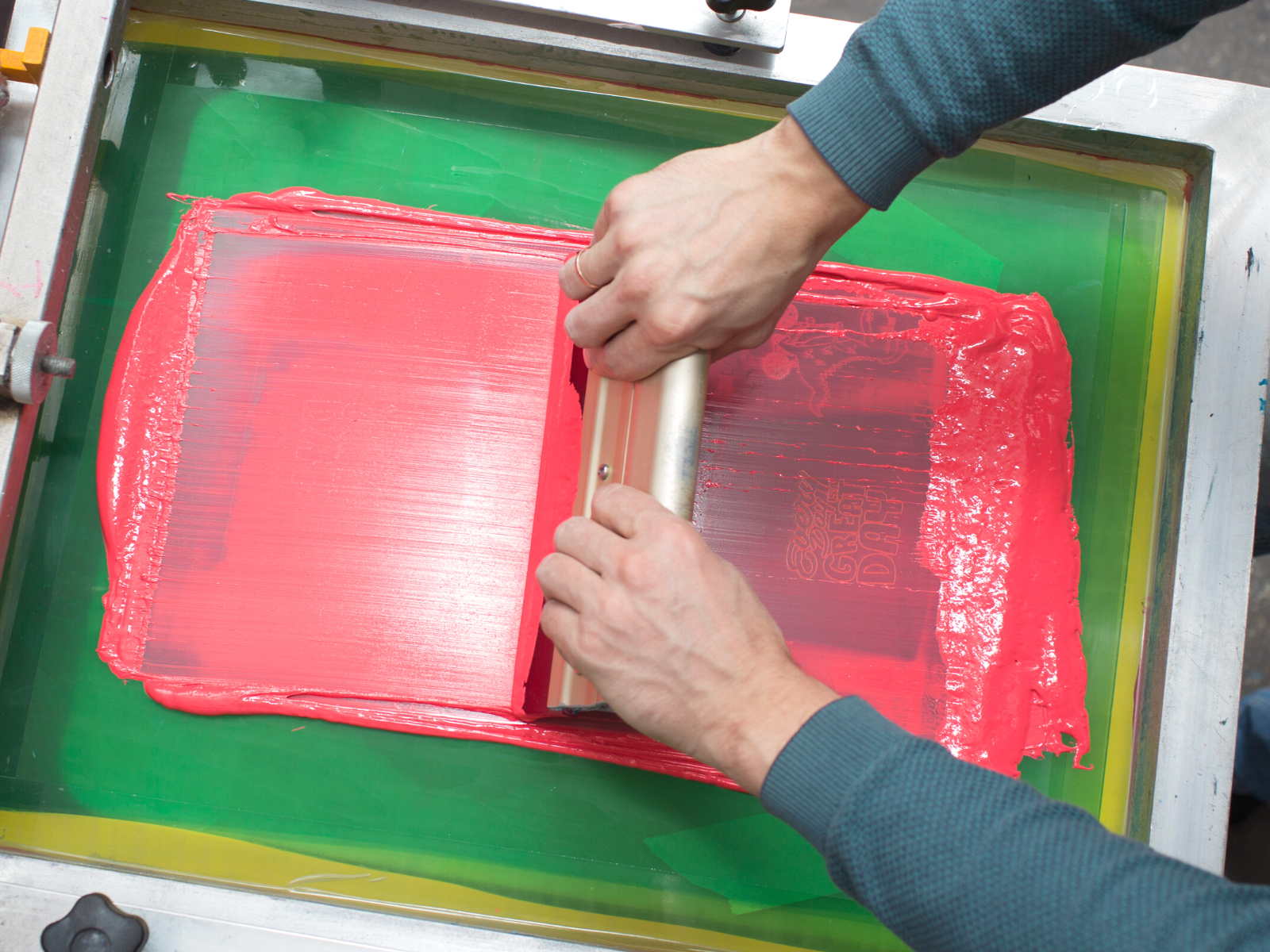
Stencil Printmaking: The Art of Screen Printing
Stencil printmaking, also called silk screening or serigraphy, involves creating a stencil on a tightly stretched screen, usually made of silk or other thin material.
Ink is then spread over the screen, passing through the open areas of the stencil onto the paper or fabric below.
This method is particularly well-suited for bold, graphic designs and can be used to print on a variety of surfaces.
Screen Printing: From Industrial to Artistic
Originally developed for industrial use, screen printing was adopted by artists in the 20th century, most notably by the pop art movement.
Andy Warhol's iconic images of Marilyn Monroe and Campbell's soup cans are prime examples of how screen printing can be used to create striking, high-impact art.
Today, screen printing is widely used in the fashion industry and has become a popular method for creating custom t-shirts and posters.
Versatility in Stencil Printmaking
Stencil printmaking is not limited to screen printing. It can also involve cutting or tearing paper, plastic, or other material to create a stencil that is then used to apply ink or paint to a surface.
This method is often used for creating street art or for adding decorative elements to textiles.
Serigraphy: The Technique of Silk Screening
Serigraphy, or screen printing, is a versatile printmaking technique that has evolved from industrial applications to a respected artistic method.
The term 'seri' means silk, which refers to the original material used for the screen, although today synthetic screens are more common.
In serigraphy, a stencil is created on the screen, and ink is pushed through the open areas of the stencil onto the substrate below, such as paper, fabric, or wood.
This method allows for bold, vibrant colors and is particularly effective for large-scale prints and posters. The adaptability of serigraphy has made it a favorite among artists and commercial printers alike.
Today, synthetic meshes are more common, but the principle remains the same.
Artists block out areas of the screen to form a stencil, and then ink is pushed through the open spaces onto the substrate below, creating the desired image.
The process of serigraphy can be both simple and complex, depending on the desired outcome.
Artists can use a single screen to produce a one-color design or multiple screens to layer colors and create intricate, multi-colored images.
The precision of the stencil and the pressure applied during the inking process can greatly affect the final product, allowing for a wide range of artistic expression.
Serigraphy's ability to produce sharp, clean lines and its suitability for high-volume production have cemented its place in both the commercial and fine art worlds.
Whether creating wearable art, limited edition prints, or large-scale reproductions, serigraphy remains a popular choice for its clarity and durability.

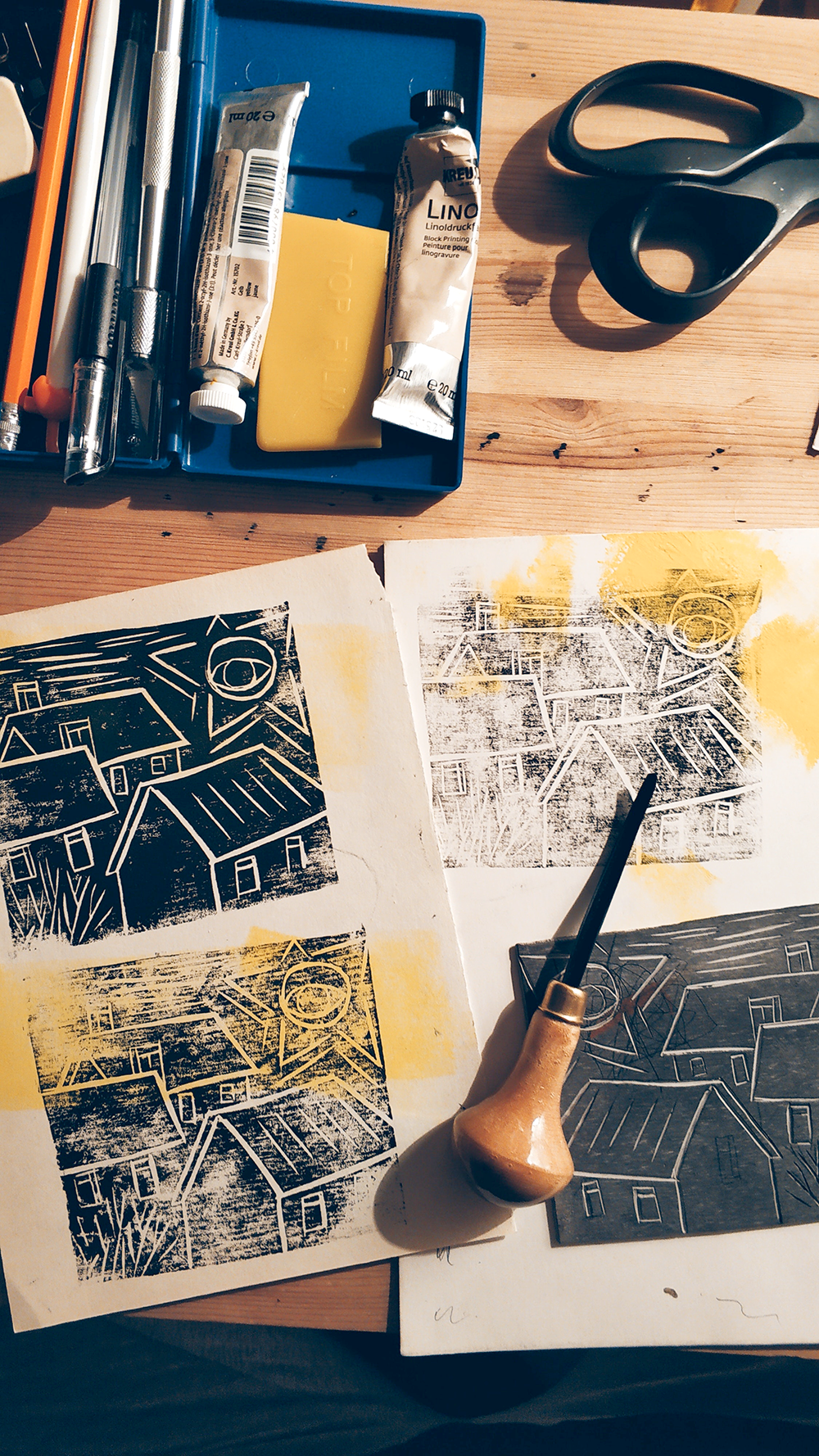

The Foundations of Printmaking Techniques
Printmaking, an art form with a rich history, encompasses various techniques that have evolved over time.
Each method requires a unique approach to the printing plate, the cornerstone of transferring art from one surface to another.
The plate, whether it be wood, metal, or stone, is meticulously prepared to hold the design that will eventually be imprinted onto the chosen medium.
The techniques influence not only the final artwork but also the process itself.
For instance, in relief printmaking, artists carve into the printing plate, leaving a raised surface that will receive and spread ink.
This method is akin to using a stamp pad, where the raised design is inked and then pressed onto paper or fabric.
The sharp V-shaped tool, traditionally used in woodcutting, is a quintessential instrument in this process, allowing artists to cut surface areas with precision, creating intricate patterns and bold imagery.
The Evolution and Adaptation of Printmaking
Over the centuries, printmaking techniques have evolved, adapting to new materials and cultural influences.
Planographic printing, specifically lithography, revolutionized the art form by enabling artists to draw directly onto a flat stone or metal plate with a grease pencil.
The modern lithographic process has expanded to include photochemical techniques, allowing for the reproduction of photographs and complex images.
This method has been embraced by artists and commercial printers alike, as it facilitates the production of multiple impressions from the original plate, maintaining the integrity of the printed image.
Stencil printing, which includes the popular technique of screen printing, has its roots in traditional practices such as using a wooden frame and spraying paint through cut-out designs.
However, the term 'seri' means silk, referring to the use of silk screens in the past.
Today, screen printing involves forcing ink through a mesh screen onto the printing surface, a method that has been widely adopted for its versatility and ability to produce vibrant, layered images.
From creating posters in San Francisco's counterculture movement to producing intricate art prints, stencil printing's adaptability continues to influence contemporary art and design.
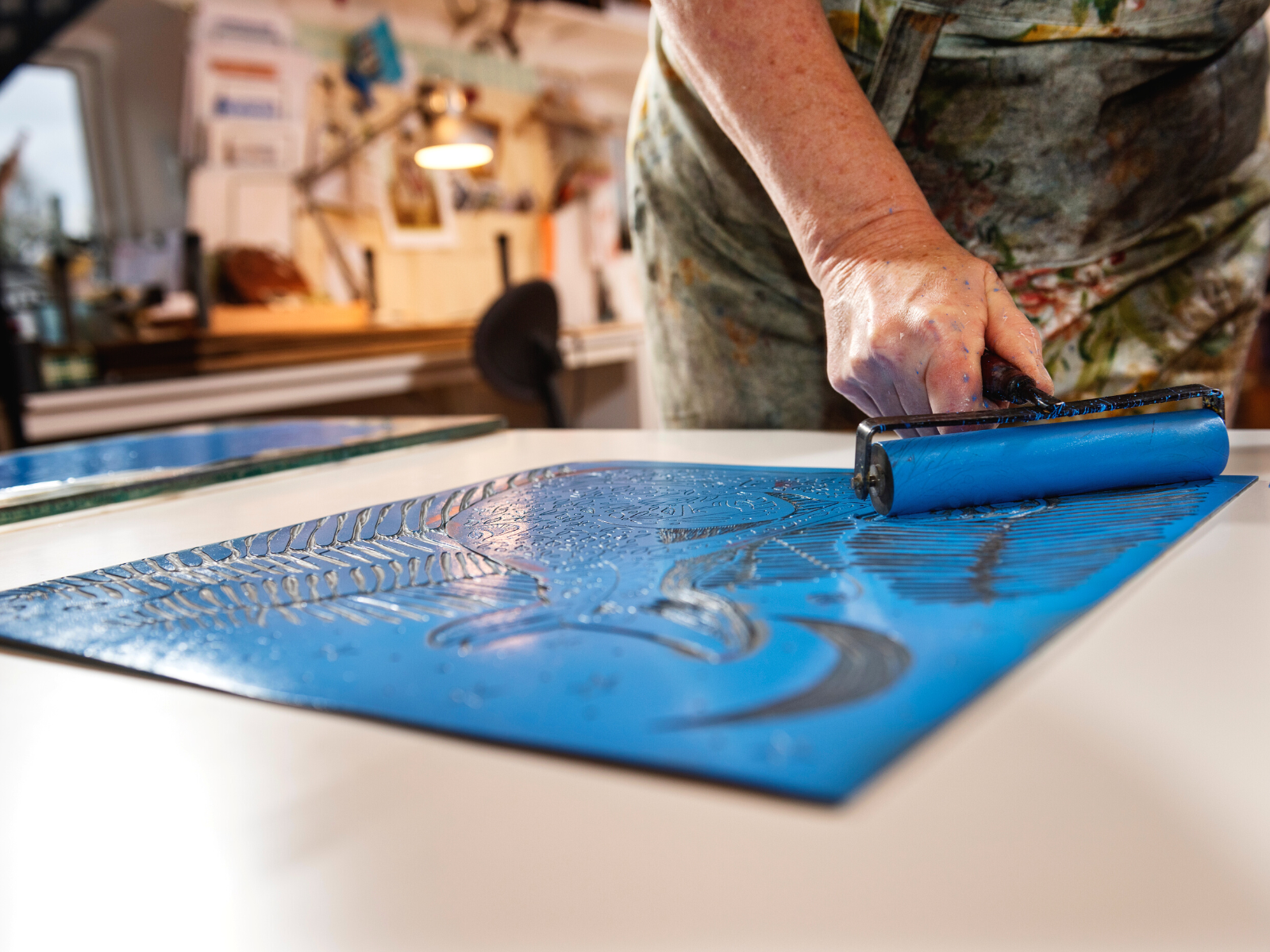
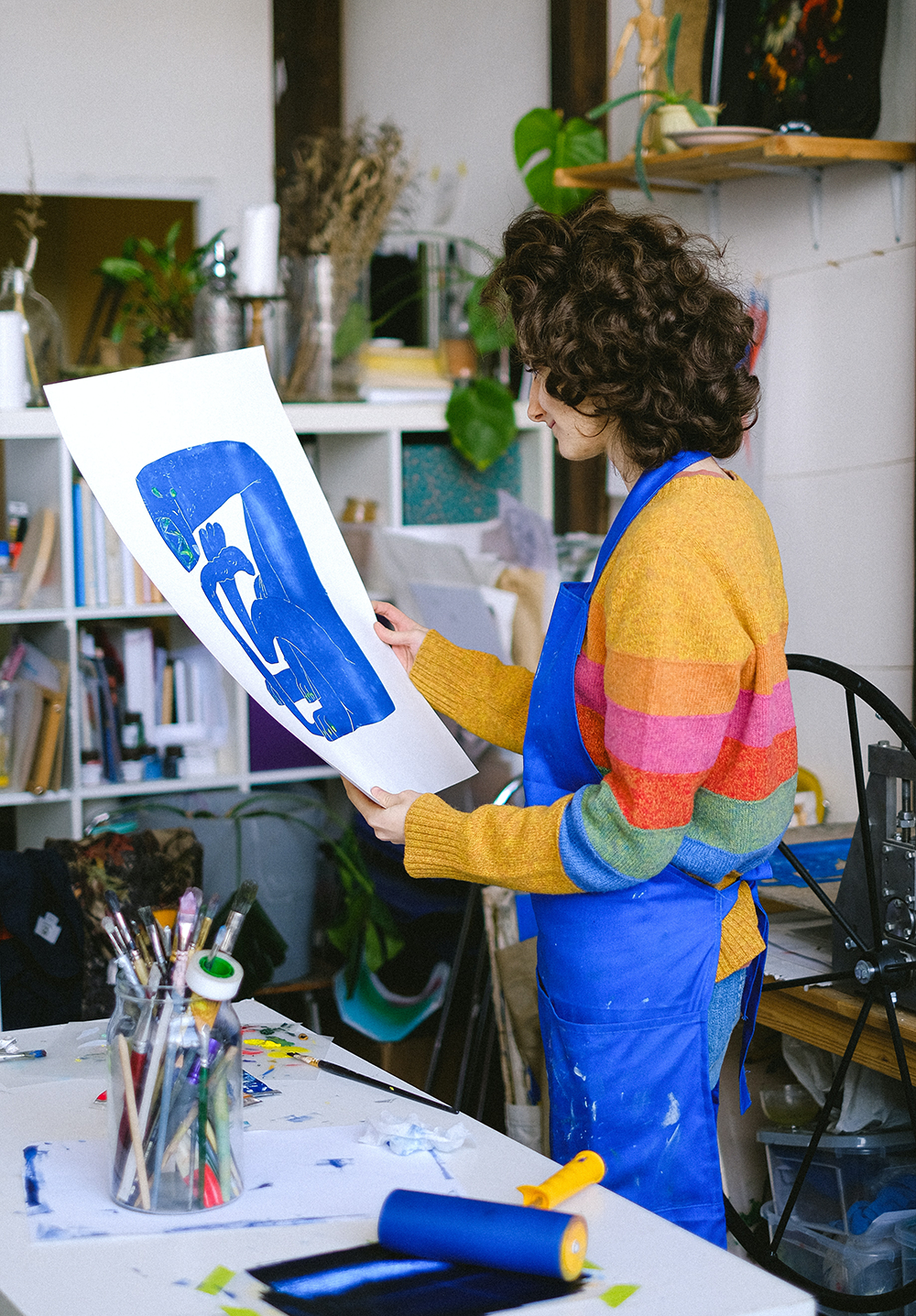

Enduring Legacy of Printmaking
Despite the advancements and innovations in technology, printmaking remains a timeless art form that continues to inspire artists and audiences alike.
Each technique offers a unique set of tools and processes, allowing for endless possibilities in expressing artistic vision.
From the bold graphic images of relief prints to the precise intricate details of intaglio prints, printmaking continues to evolve and adapt, making it a diverse and dynamic art form that stands the test of time.
So, whether you are drawn to the simplicity of woodcuts or the complexity of screen printing, there is no end to exploring the world of printmaking.
The Versatility and Diversity of Printmaking
Printmaking is a diverse and dynamic art form with a rich history.
This artistic process, which has evolved over centuries, offers artists the ability to create multiple copies of their designs while also providing unique textural qualities and aesthetic outcomes.
It is a diverse and dynamic art form that encompasses a range of techniques, each with its own history and aesthetic.
The four main types of printmaking – relief, intaglio, planographic, and stencil printing – each offer intricacies and unique results, making printmaking a versatile medium for artists from all backgrounds.
From the bold lines of relief prints to the delicate etchings of intaglio, the flat, painterly surfaces of planographic prints to the graphic punch of stencil work, printmaking offers artists a multitude of ways to express their visions.
Understanding what are the main types of printmaking is essential for appreciating the complexity and beauty of this art form.
So, what are you waiting for?
Get out there and start printing!


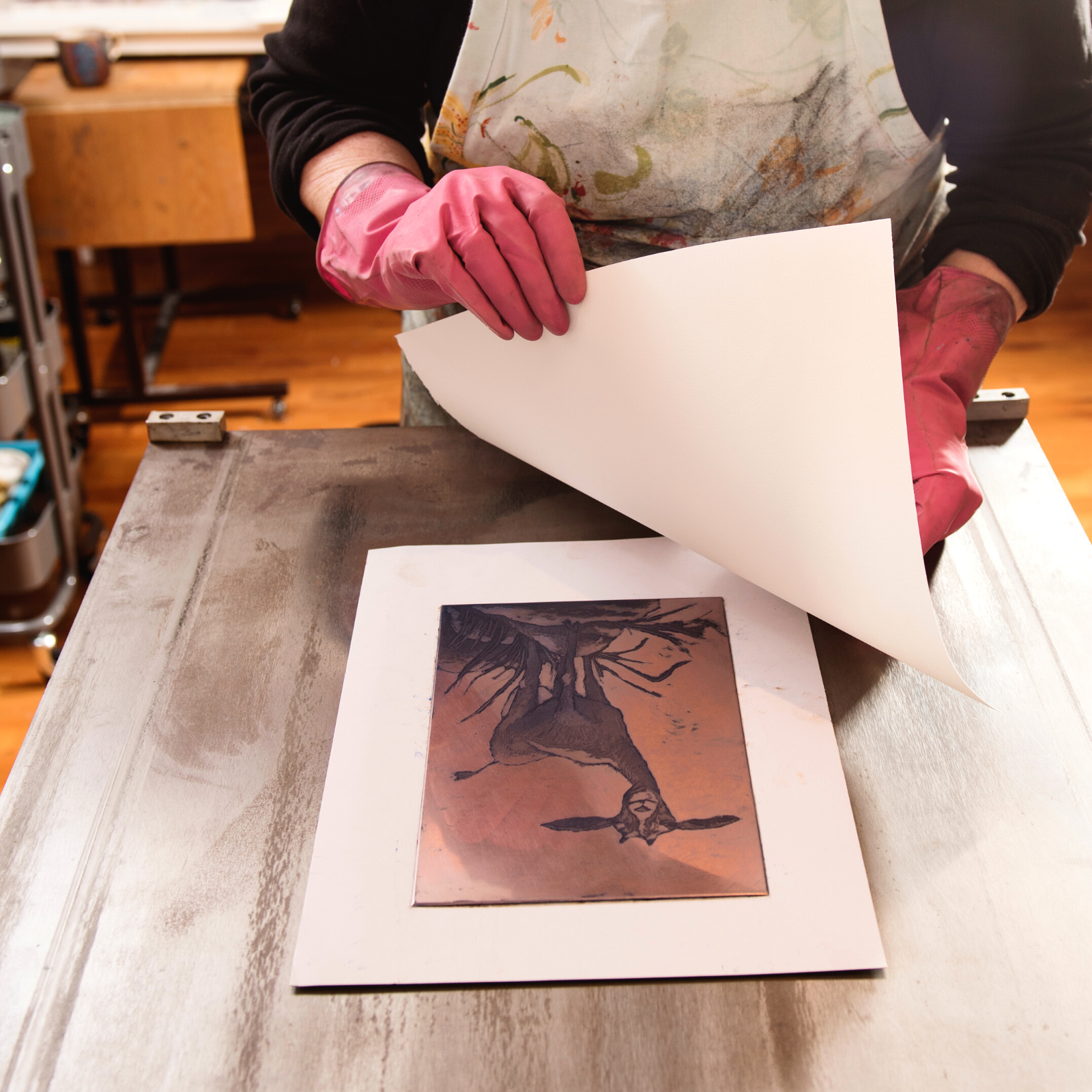
Printmaking FAQs
Printmaking is a diverse and complex art form that has evolved over centuries.
There are several common questions about printmaking, and we have answered them for you here.
What is the difference between relief and intaglio printmaking?
Relief printmaking involves carving away from a flat surface to create a raised image that is inked and pressed onto paper. Intaglio printmaking, on the other hand, requires cutting into the surface of a metal plate, with the ink being held in the recessed lines and transferred to paper under high pressure.
Can printmaking be used for both fine art and commercial purposes?
Yes, printmaking techniques are versatile and can be adapted for a wide range of applications, from fine art editions to commercial posters, textiles, and packaging.
How do modern artists incorporate traditional printmaking techniques into their work?
Modern artists often blend traditional printmaking techniques with new technologies and materials, pushing the boundaries of the medium to create innovative and contemporary works of art. They may also combine different printmaking methods within a single piece to achieve unique effects.
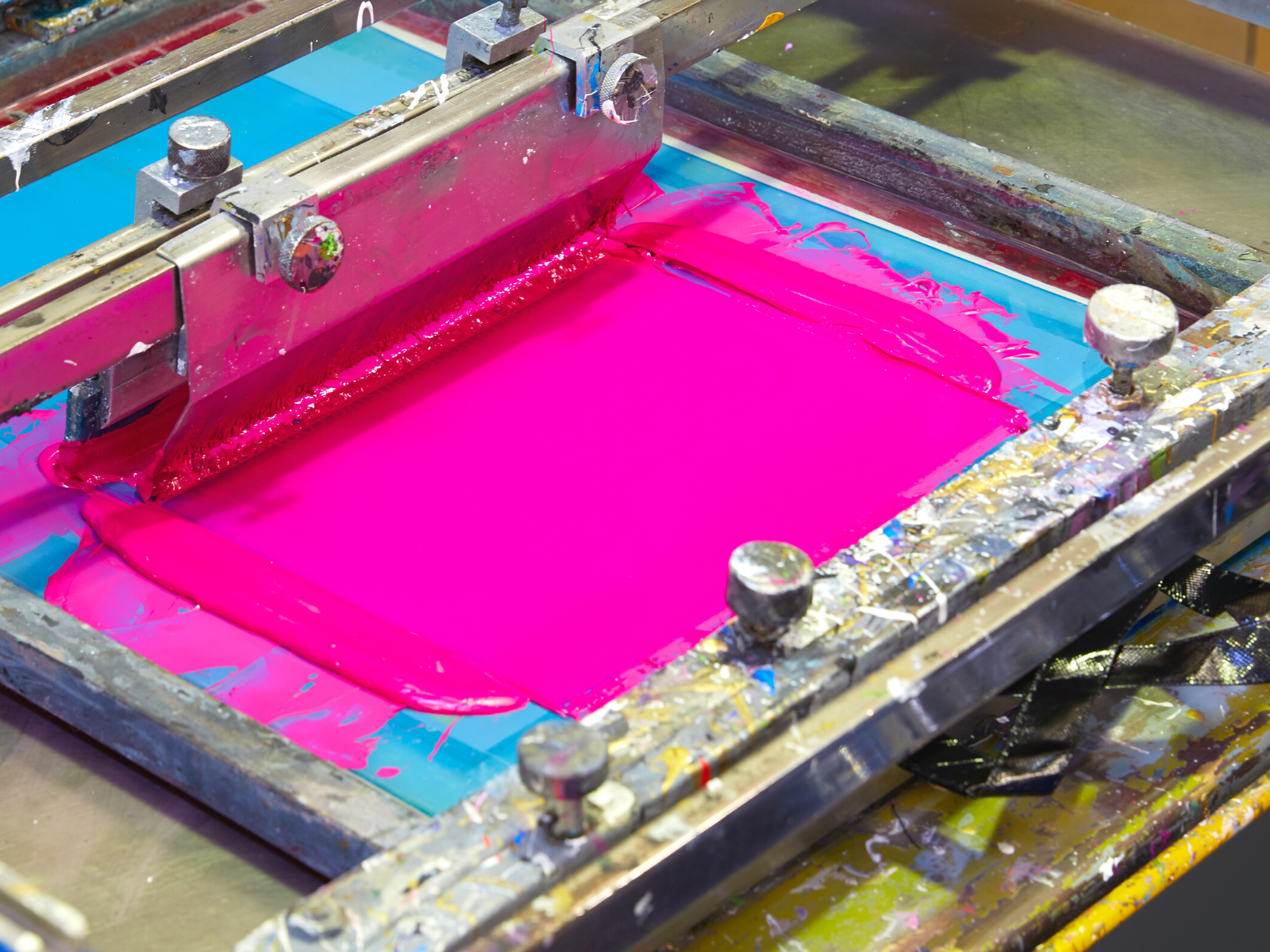


Ready to learn more about printmaking techniques? Check out Arts Council Collection's video!
Want even more content about creativity and art?
Be sure to check out all of our creative chronicles!
Eager to get creative with printmaking?
Check out some of our other articles:
-What is the hardest printmaking technique?
